Same Day Shipping EMI & COD on most products
Trusted Partner Since 1969
GST B2B Billing  Help
Help  00919699976817
00919699976817
Showing all 14 results
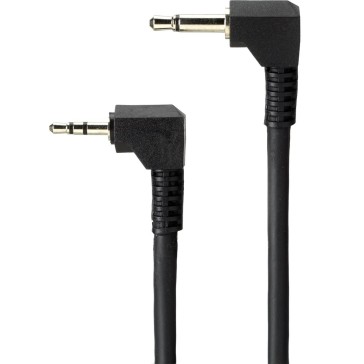
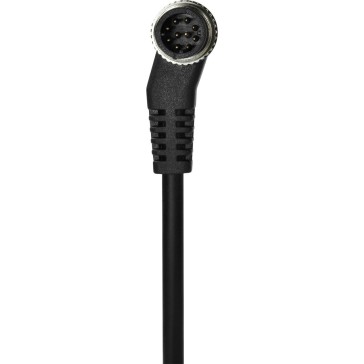
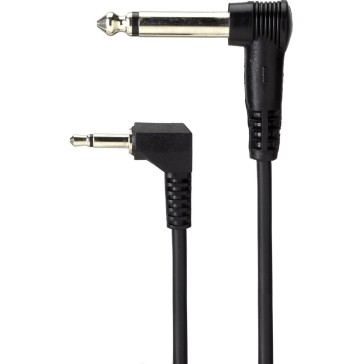
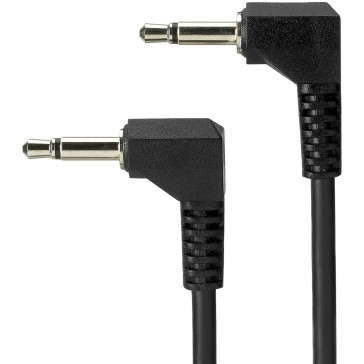
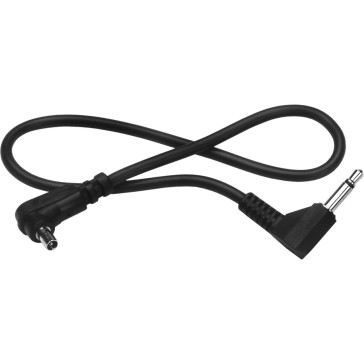
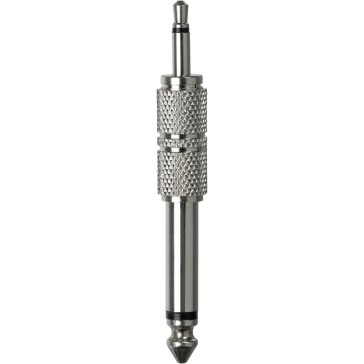
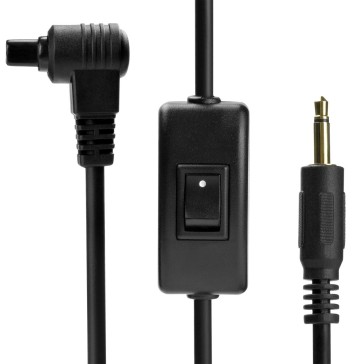
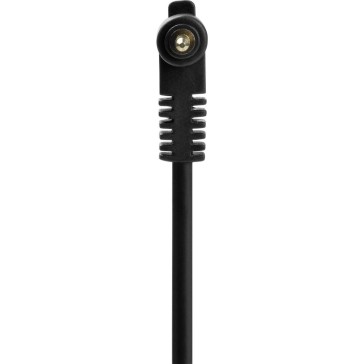
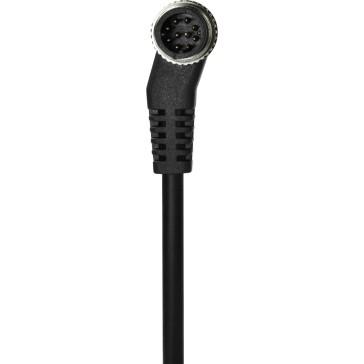
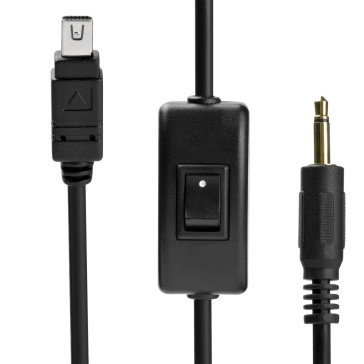
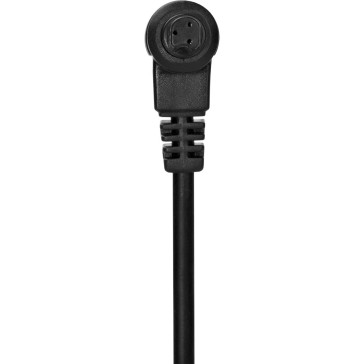
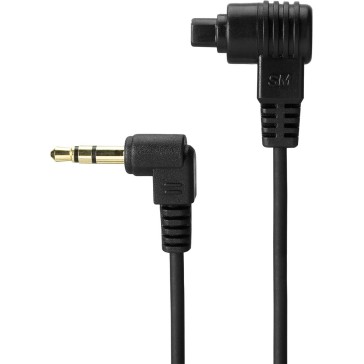
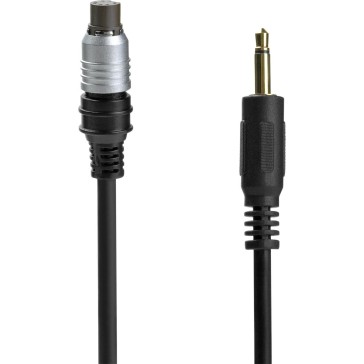
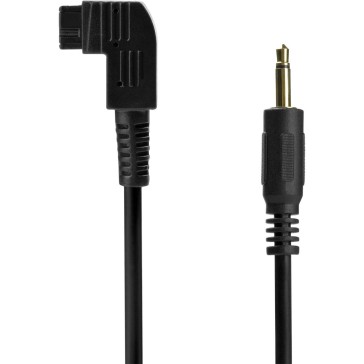
Radio & Optical Triggers: A Comprehensive Guide
In the dynamic realm of photography, capturing the quintessential shot often demands more than just a camera and an observant eye. The incorporation of specialized equipment, notably radio and optical triggers, can profoundly augment the caliber and inventiveness of photographs. These triggers, while appearing rudimentary, are instrumental in off-camera flash photography, bestowing photographers with amplified flexibility and command over their lighting configurations.
Understanding Radio Triggers
Radio triggers are cordless apparatuses that empower photographers to remotely activate off-camera flashes. Contrasting optical triggers, which are dependent on light signals, radio triggers utilize radio frequency signals for communication between the camera and the flash. A salient merit of radio triggering technology is its ability to negate the line-of-sight prerequisites for triggering off-camera flashes. This implies that photographers can strategically position their flashes, even behind barriers, without the apprehension of signal disruption.
The Significance of Optical Triggers
Conversely, optical triggers employ light to set off the flash. These systems, encompassing flash-based or infrared-based triggers, excel in regulated environments such as studios or indoor locales. Although they might be constrained in terms of range and potential disturbance from other luminous sources, optical triggers present an economical alternative for budding photographers venturing into off-camera flash photography.
Why Incorporate Triggers in Photography?
Flexibility: Triggers empower photographers to station their flashes in diverse locales, facilitating inventive lighting configurations unattainable with solitary on-camera flashes.
Elimination of Shadows: Utilizing off-camera flashes with triggers can eradicate harsh shadows, rendering a more harmonized and organic lighting effect.
Enhanced Creativity: The capability to govern multiple flashes concurrently allows photographers to dabble with varied lighting scenarios, introducing depth and dimension to their captures.
Reliability: Particularly with radio triggers, the eradication of line-of-sight stipulations guarantees consistent and dependable flash activation.
Conclusion
In the vast expanse of photography, the significance of radio and optical triggers is paramount. They not only equip photographers with the tools to craft breathtaking and professional-grade images but also unveil a universe of creative prospects. Whether an adept professional or a neophyte, investing in a robust set of triggers can propel your photography prowess to unparalleled zeniths.
Radio triggers utilize radio frequency signals for communication, eliminating the need for line-of-sight, whereas optical triggers employ light, either flash-based or infrared-based, to activate the flash. Radio triggers offer flexibility in positioning, even behind obstacles, while optical triggers are more suited for controlled environments like studios.
Radio triggers allow photographers to remotely activate off-camera flashes without the need for direct line-of-sight. This means flashes can be positioned in various locations, even behind barriers, without signal interference, offering greater flexibility in lighting setups.
Optical triggers, especially those that are flash-based or infrared-based, are effective in controlled environments like studios. They are often more cost-effective, making them a suitable choice for photographers just starting with off-camera flash photography or those working primarily in controlled settings.
By using off-camera flashes in conjunction with triggers, photographers can strategically position their lighting sources. This allows for the elimination of harsh shadows, achieving a more balanced and natural lighting effect, and adding depth to the photographs.



Most units are shipped same day using professional courier services with tracking.
We work round the clock to ensure you get the highest level of customer satisfaction.
Well packed, Sealed Units are shipped from our warehouse which are waterpoof & sturdy.
Design Info
GST: 27AYUPJ2628P1ZK
No.1, Saremals, Shastri Hall Building,
Nana Chowk, Grant Road West,
Mumbai 400007, Maharashtra, India
New Delhi Branch – South Ex 2, 110049
Also Ships DAILY from Brisbane, Dubai,
Berlin, Barcelona, Detroit & Vancouver.
Connect online / schedule a demo
Call/WhatsApp: +91-9699976817
Email: [email protected]
Live Chat: Business Hours
Follow Us: @designinfo.in
Copyright © 2014-2022 Design Info All Rights Reserved. Feedback on web experience
Since 1969